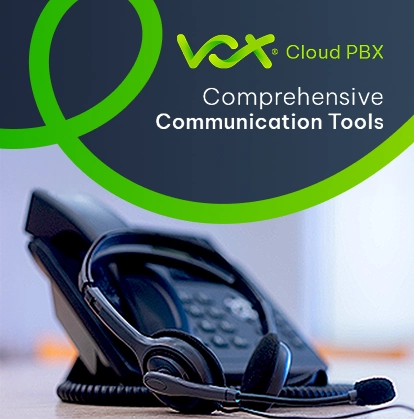To rapidly embrace digital transformation at scale has been one of the defining business moments of the past two years. 2022 will see companies apply all they have learnt in this regard and become even more cloud forward. By doing so, business and technology leaders can maximise the potential of the following four trends to drive growth.
Going hybrid
Of course, hybrid environments are not new. Many companies are already using a combination of on-premises, private, and public cloud solutions. This will accelerate even more next year.
A few smaller businesses aside, no organisation will fully commit to the cloud. There will always be the need to have some infrastructure on-site while the cloud will be leveraged for its high-performance computing capabilities.
For instance, manufacturers will always have equipment running. But even office environments still rely on printers and file servers. Hybrid is a great way to get the best of all worlds.
Normalisation of multi-cloud
Flowing from here, business and technology leaders will realise how important the multi-cloud is to achieving their objectives. Simply relying on one cloud to gain all the promised business value will no longer be sufficient.
This requires companies to select cloud service providers that meet specific strategic requirements. For instance, Provider X might be good at hosting while Provider Y will have more advanced data analysis capabilities. Invariably, this will result in the business having a mesh of cloud providers. Interconnecting these environments will be critical to ensure they can work together as an integrated cloud.
Cloud cost management
And because of this, managing cloud billing becomes a complex undertaking. This will give rise to the emergence of the cloud financial manager. They will oversee how best to contain costs that can quickly escalate if not managed properly.
Given the rise of the multi-cloud, the need for this position will become more critical. And with prices on some services varying significantly between providers, the cloud financial manager can identify what the most cost-effective option would be for the required workload.
This is also where local cloud providers can deliver a compelling value proposition. Offering billing in Rands can bring with it significant cost savings. For example, when the country went into lockdown last year, the Rand weakened against the US Dollar resulting in some cloud providers becoming 30% more expensive overnight.
Containers becoming mainstream
Because of the cloud-rich environment, containers (a form of operating system virtualisation) will gain momentum in South African organisations. Developers mostly use them, but containers will start to become mainstream in 2022 as decision-makers see the value of using them to run micro-services.
Traditional IT will remain, but containers will provide opportunities for more specialised workloads. And because they are so lightweight to run, these will work especially well for Web apps.
The central theme behind these four trends is how the cloud has permeated every facet of the digital business. As we prepare for a new year, the cloud will simply become another business process. How companies unlock the potential of this as well as the related technologies will define how they transform themselves for the new operating environment to come.












